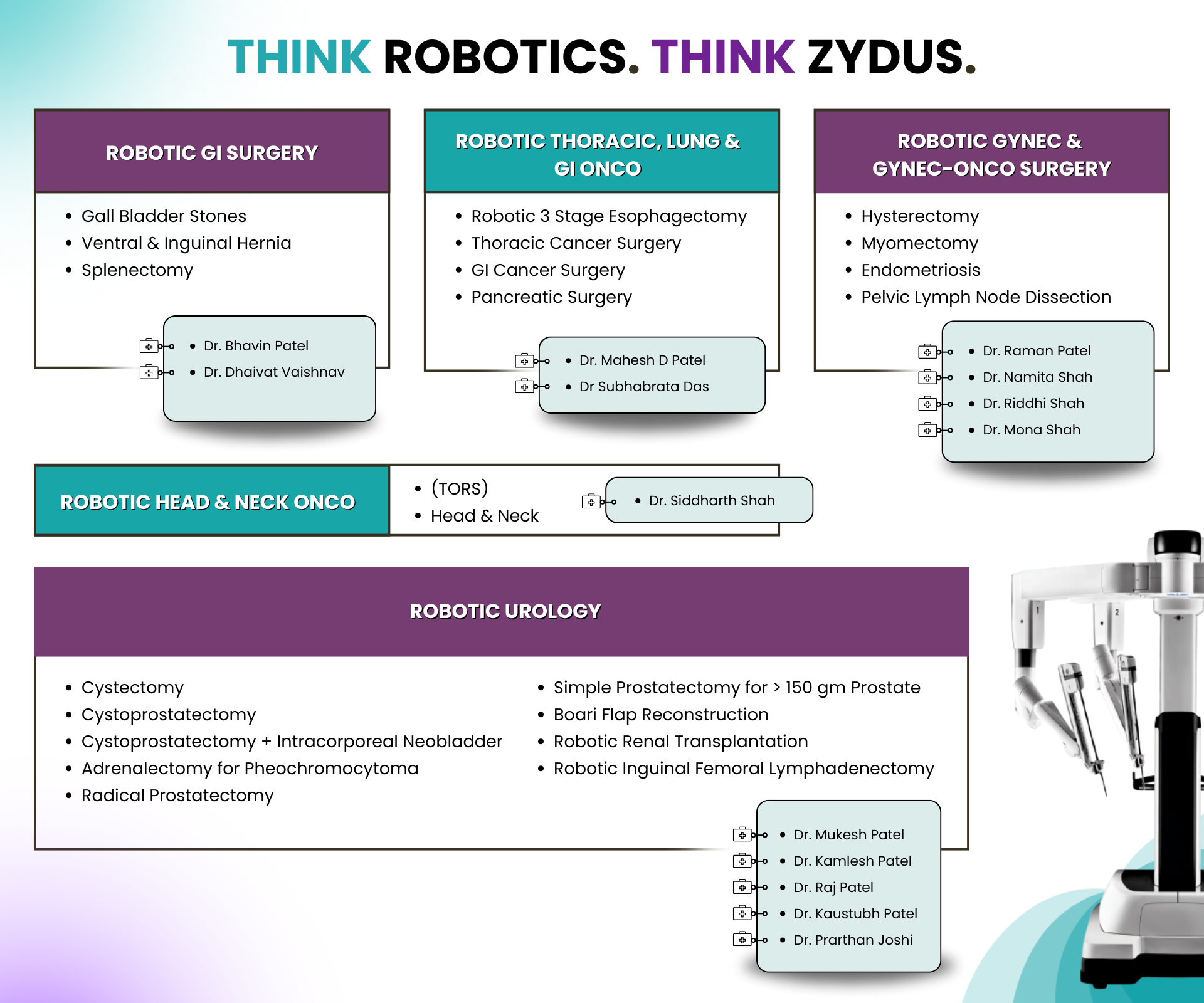
PET CT Scan
- Medical Specialities
- Comprehensive Cancer Care
- Nuclear Medicine Diagnostics
- PET CT Scan
-
What is Nuclear Medicine, and how does it work?
-
Nuclear medicine leverages radioactive tracers to obtain diagnostic information.
-
In nuclear medicine, they use a radioactive material called a radiopharmaceutical or radiotracer, which is injected into the bloodstream, swallowed, or inhaled.
-
A radiotracer traces the paths of various biochemical molecules in our body and hence can obtain functional information about the body’s workings (i.e. physiology), accumulating in the area of interest, emitting a small amount of energy in the form of gamma rays, which are then detected to produce diagnostic images.
-
DIAGNOSTICS
-
What is PET-CT?
-
A PET (Positron Emission Tomography) scan demonstrates the biological functions of the body before anatomical changes take place, and a CT (Computed Tomography) provides structural information, including size, shape, and location of anatomical features.
-
Together, a PET-CT scan allows physicians to more accurately diagnose and identify cancer, heart diseases, brain disorders, kidney disorders, and many more.
-
Key Points about a PET-CT scan:
-
- PET measures the metabolic activity of cells in body tissues and helps visualize the biochemical changes taking place in the body, such as heart muscle metabolism.
- PET helps diagnose neurological conditions (e.g., Parkinson’s, Huntington’s, Epilepsy, and Stroke)
- Helps detect the spread of cancer to other parts of the body from the original cancer site, recurrence of tumours, and other biochemical changes
-
Patient Instructions:
-
Preparation for scan:
-
- Arrive at the scheduled time after 6 hours of fasting
- Avoid food during those 6 hours, only plain water is allowed
- Inform the staff about any ongoing medications and, if possible, take them at least 6 hours before the appointment
- Diabetic patients should inform the staff in advance and omit their morning dose of insulin or antidiabetic medication on the day of the scan
- Bring all relevant medical documents, including previous reports, films, CDs, and a recent blood serum creatinine report (within the last week)
-
In the Department:
-
- Hospital clothing will be provided
- A brief medical history will be taken, and prior reports will be reviewed
- After registration, you will be directed to a preparation area where a PET nurse/technologist will insert an intravenous (IV) line
- A small amount of radioactive PET medicine will be administered through the IV—this process is painless
- You may be asked to take an oral contrast solution before the study
- You will need to wait up to 60 minutes while the medicine circulates, medicine to circulate before undergoing the scan, which typically takes 15-30 minutes
- In case of delays or additional imaging requirements, the doctor or technologist will provide explanations
-
After your Scan
-
You can resume your normal activities without any restrictions



